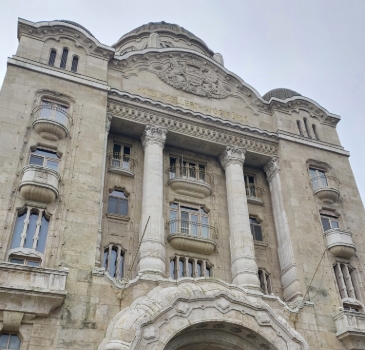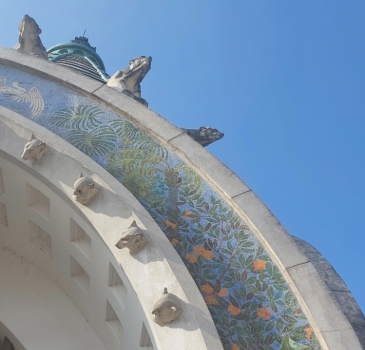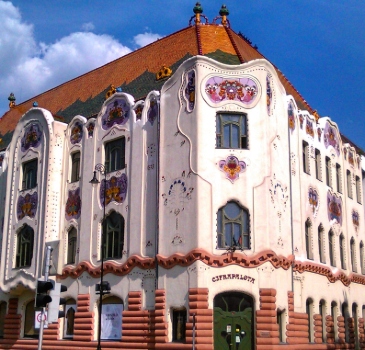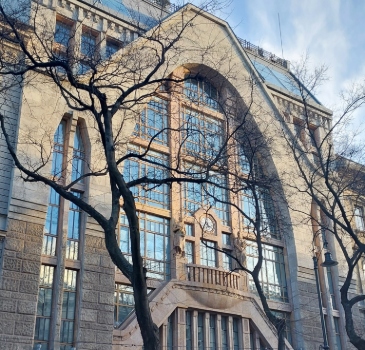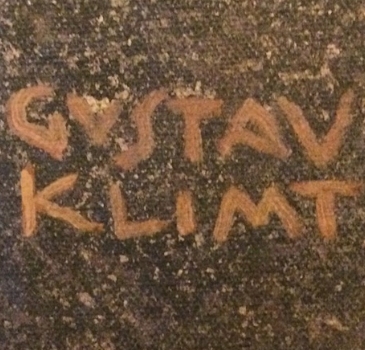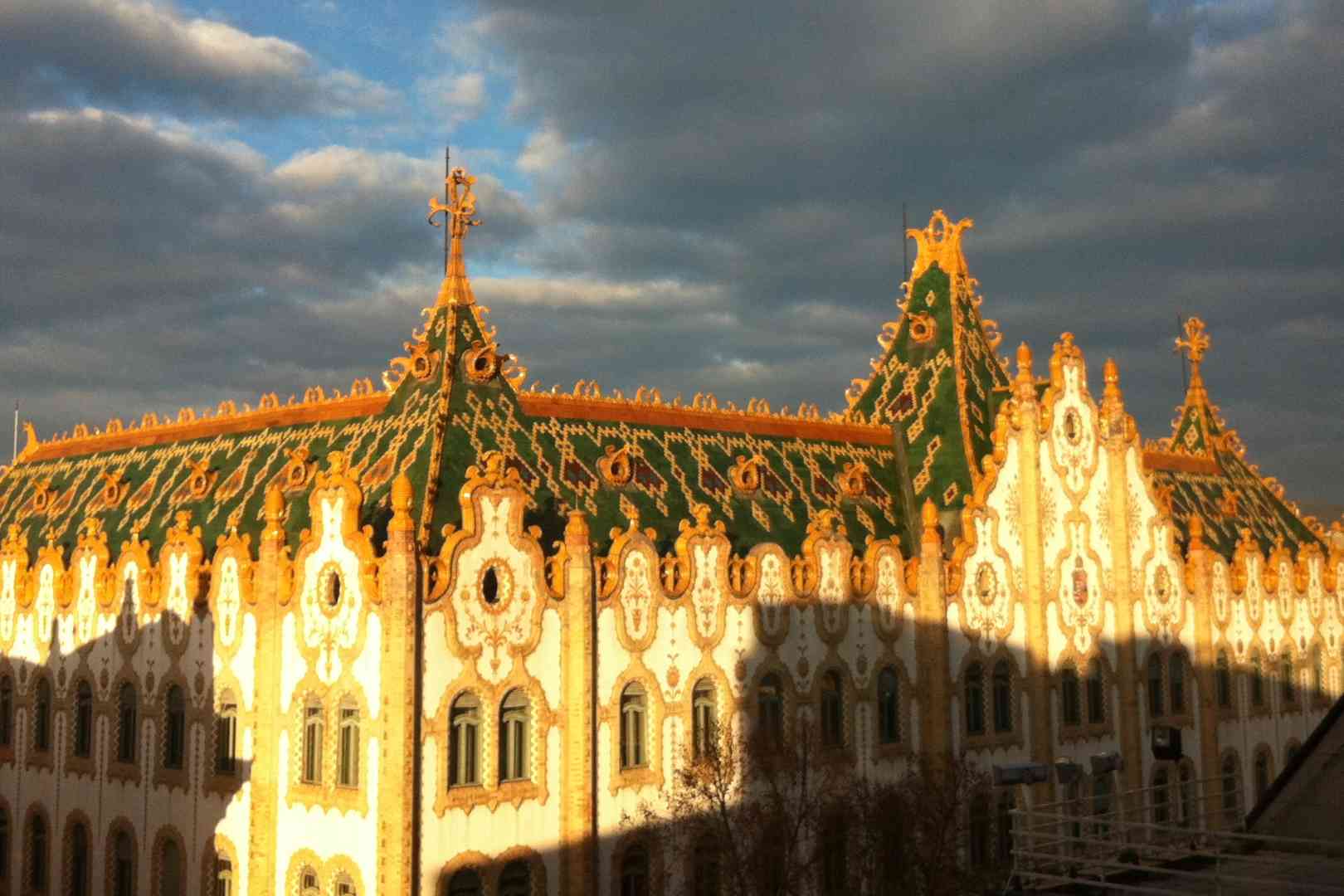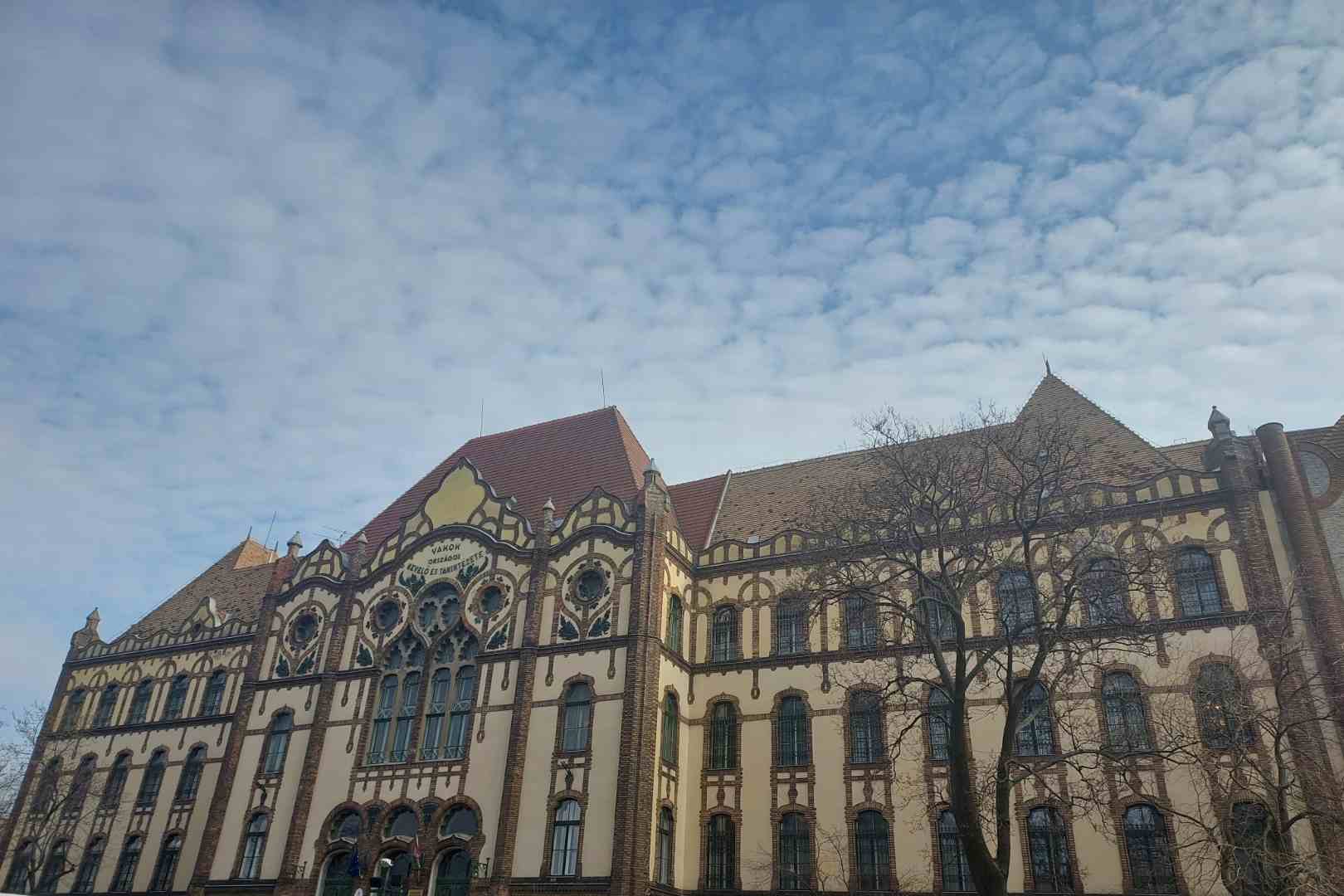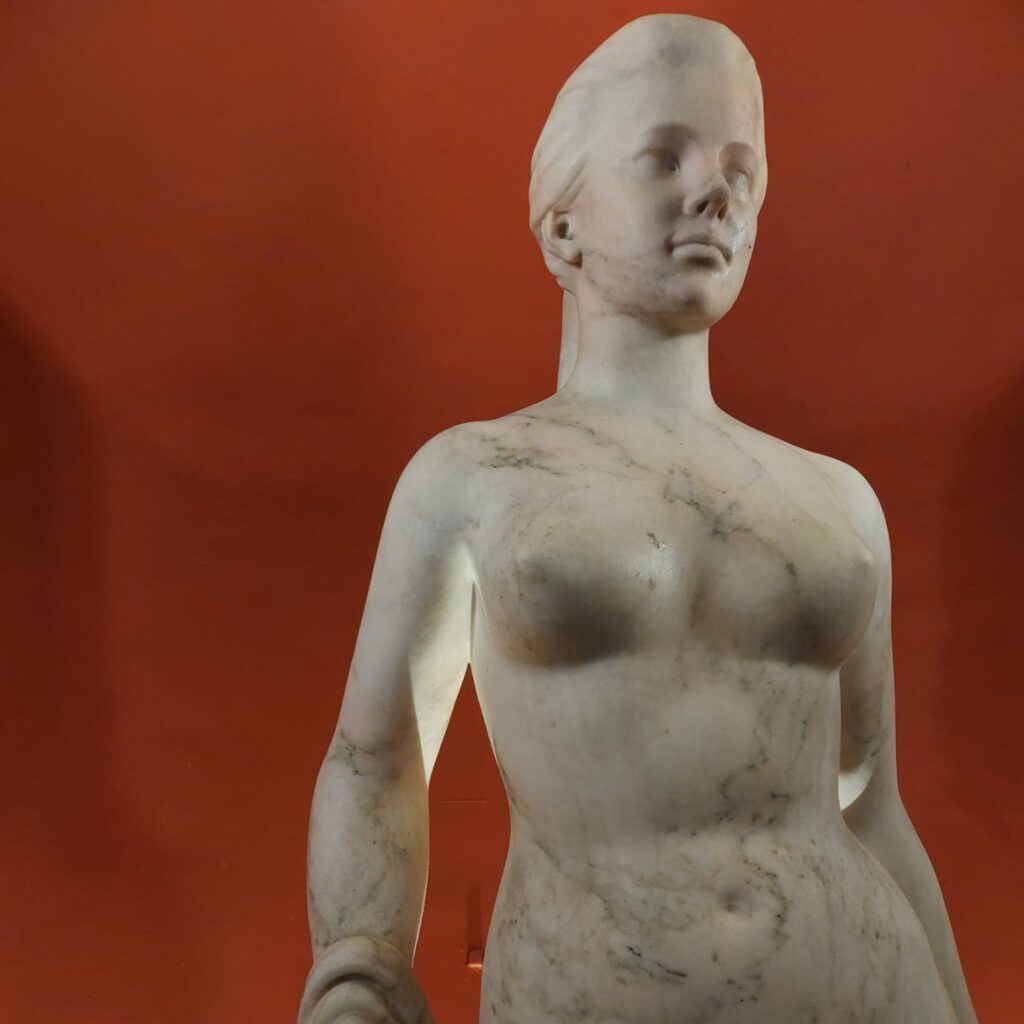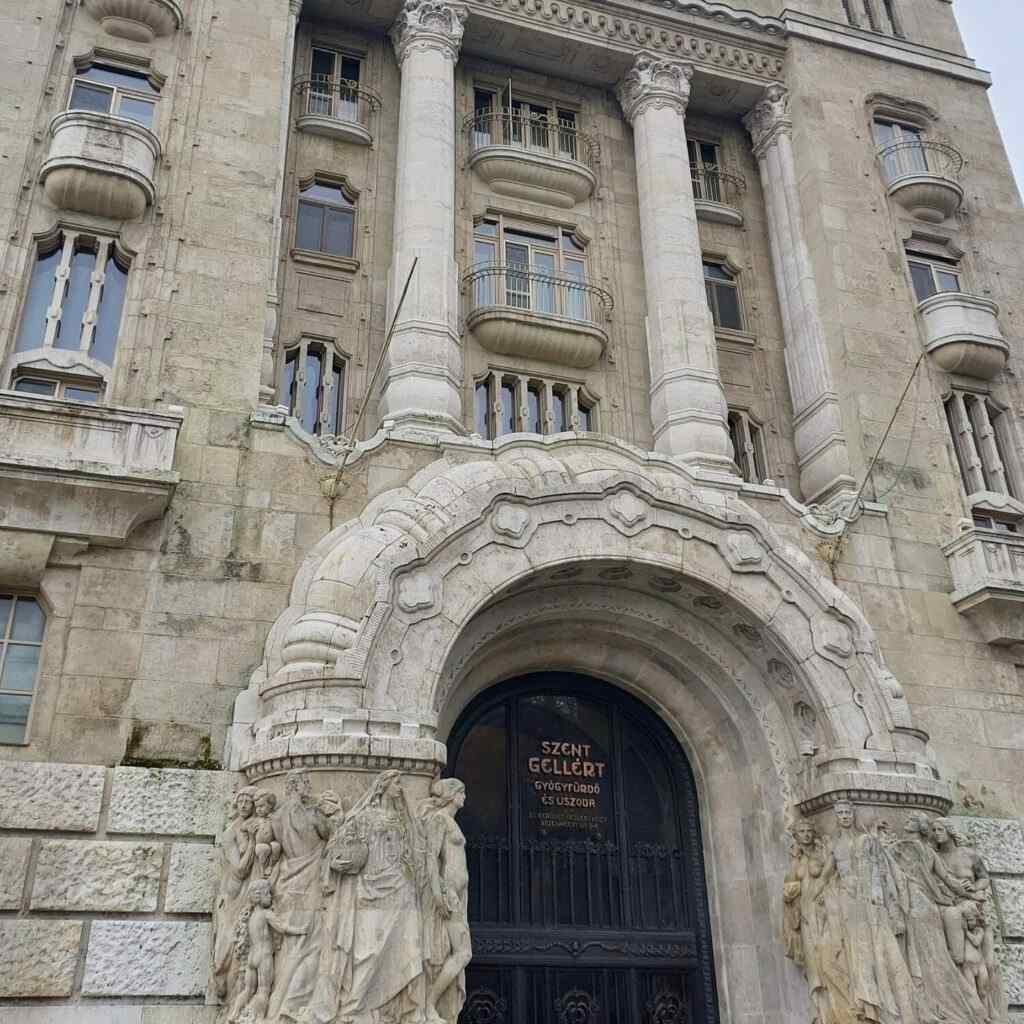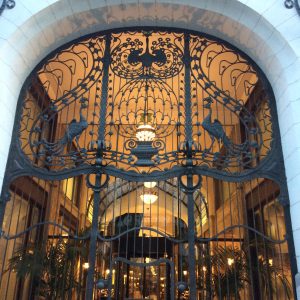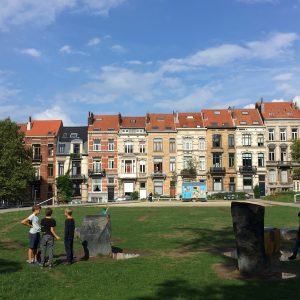Discover Budapest: Where History Meets Vibrant Modern Life
Budapest, set along the Danube River, is a captivating blend of historic beauty and lively culture. Known for its grand architecture, rich history, and buzzing nightlife, this city offers an unforgettable experience. From majestic palaces to thermal baths and thriving local scenes, Budapest draws you in from the start.
Why You’ll Love Budapest
A mix of old-world charm and youthful energy, Budapest has something for everyone. Stroll across the Chain Bridge, explore Buda Castle, or relax in Széchenyi’s thermal baths. To truly experience the city’s hidden gems and rich history, having the best local guide can make all the difference—ensuring you see Budapest’s highlights and secret spots like a true insider. By night, the city comes alive with bars, gourmet dining, and music. The influence of the Vienna Secession is reflected in some buildings is easy to see.
Budapest is a destination that will leave a lasting impression. Prepare to fall in love with this enchanting city!
We organize unique experiences not only in Budapest and other Art Nouveau cities and towns but also in the Balaton region and renowned ceramics factories, offering a diverse blend of culture, design, and local charm.
Ödön Lechner, the “Hungarian Gaudí”
He was a pivotal figure in the development of Hungarian Art Nouveau, Secession or Szecesszió, blending European trends with distinct Hungarian cultural motifs. Inspired by the decorative traditions of Hungarian folk art and Eastern influences, Lechner created a unique architectural language that set his work apart from other Art Nouveau styles. His designs combined vibrant ceramic tiles, ornate floral patterns, and flowing, organic forms, reflecting his vision of a national architectural style rooted in Hungary’s cultural identity.
Among his most iconic works are the Museum of Applied Arts in Budapest and the Postal Savings Bank, which epitomize his innovative approach. These buildings feature intricate Zsolnay ceramic decorations and imaginative motifs that evoke both folk traditions and modernity. Lechner’s visionary style not only defined Hungarian Art Nouveau but also influenced generations of architects, establishing him as one of the leading pioneers of the movement in Europe.

